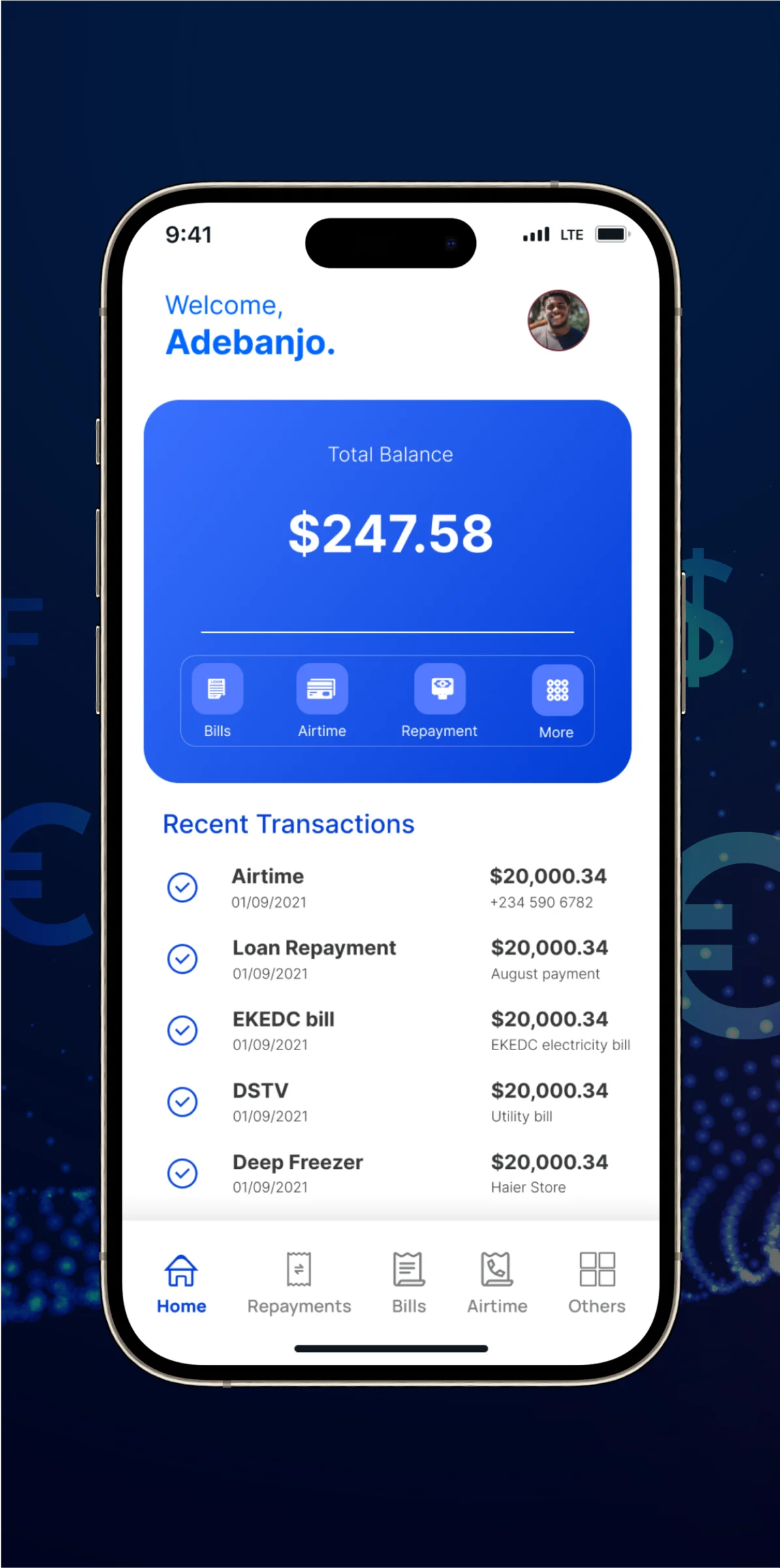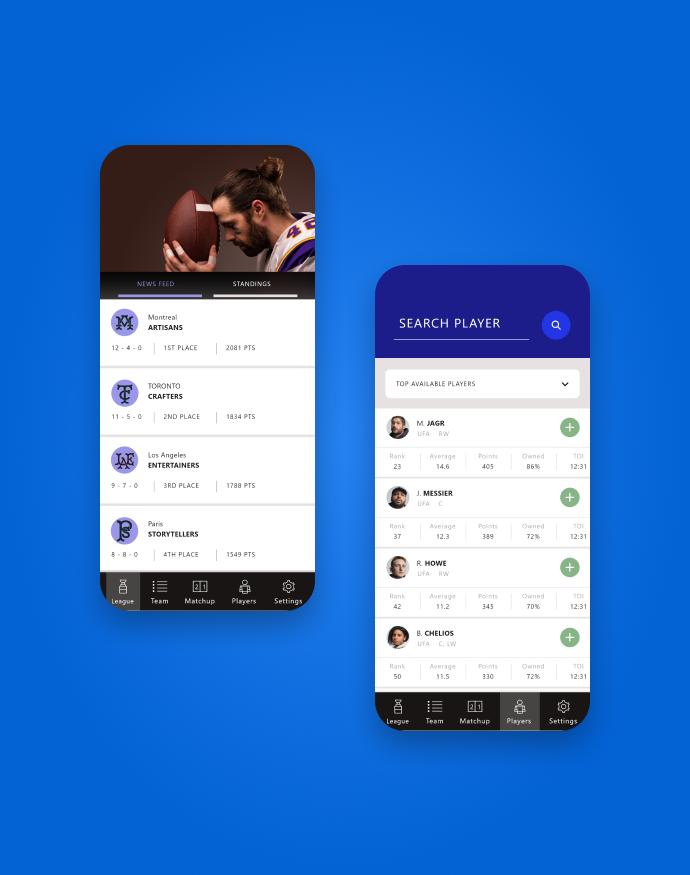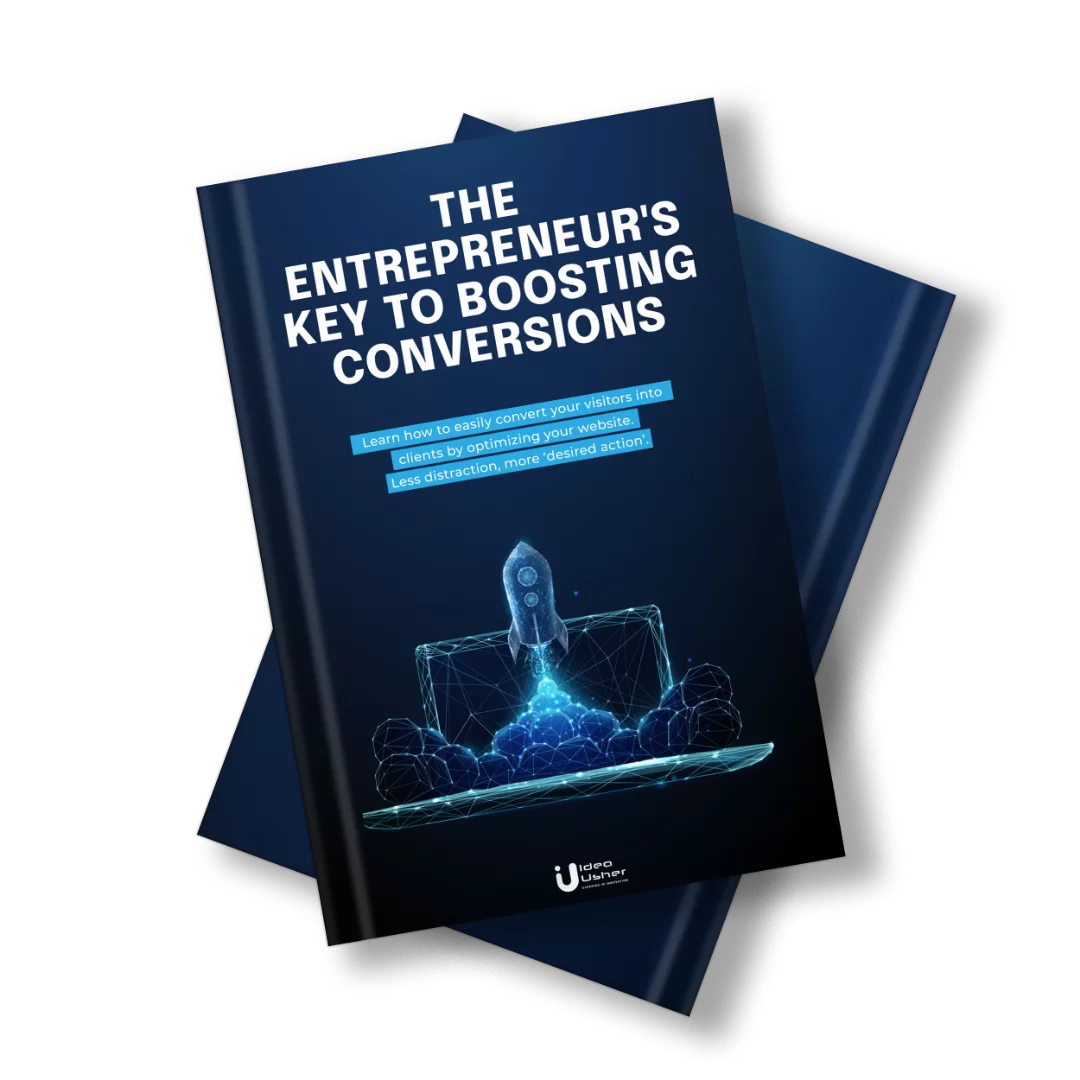- What is VR game development?
- VR game market statistics
- Types of Trending VR Games
- Top Must-Have Features in a VR Game
- How To Develop a Virtual Reality Game?
- VR Game Development Tools to Consider
- Stepping into VR Development: Do's and Don'ts
- How Much Does It Cost To Create a VR Game
- Top 5 VR Game Apps In The Market Right Now
- Conclusion
- Looking to Develop a VR game? We Can Help
- FAQs
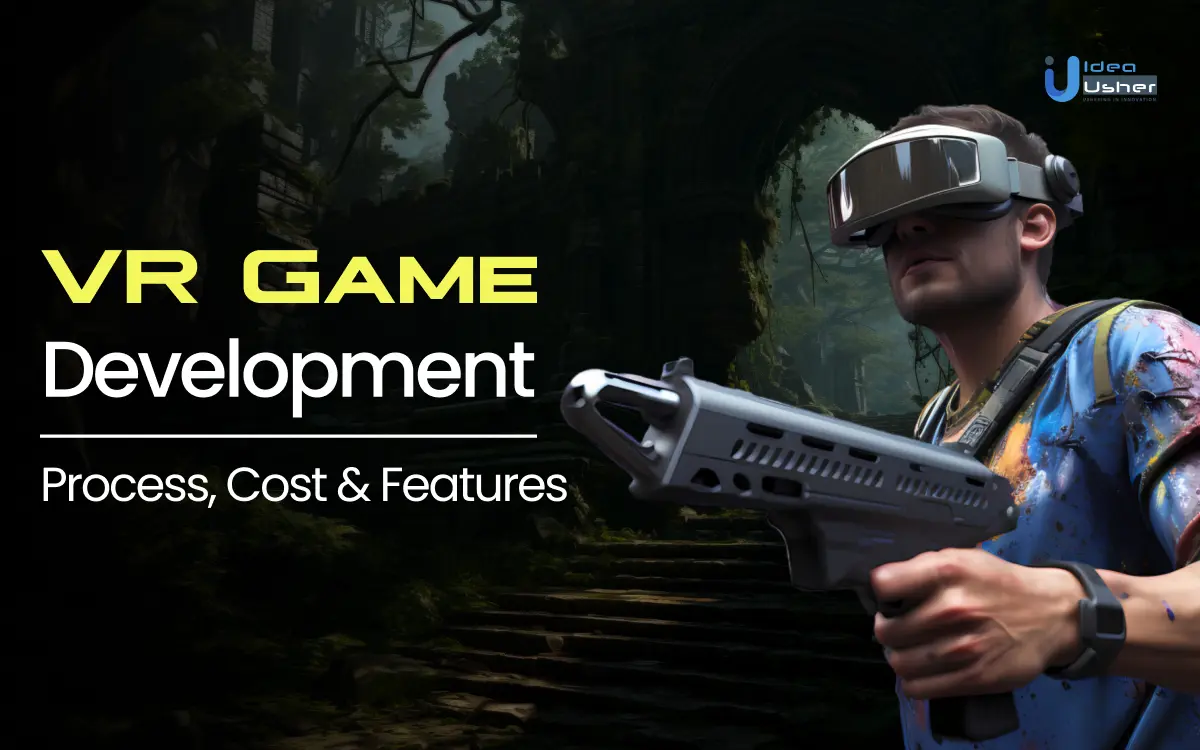
Virtual Reality (VR) isn’t just an evolution in gaming; it’s a paradigm shift. It transcends the limitations of the screen, propelling players from passive observers to active participants in intricately crafted virtual worlds. This immersive leap fosters unprecedented levels of engagement and emotional connection, pushing the boundaries of interactive storytelling and gameplay. This guide equips you with the knowledge and tools to forge your path as a VR game developer. Let’s transform your vision into reality, pixel by pixel, polygon by polygon.
- What is VR game development?
- VR game market statistics
- Types of Trending VR Games
- Top Must-Have Features in a VR Game
- How To Develop a Virtual Reality Game?
- VR Game Development Tools to Consider
- Stepping into VR Development: Do’s and Don’ts
- How Much Does It Cost To Create a VR Game
- Top 5 VR Game Apps In The Market Right Now
- Conclusion
- Looking to Develop a VR game? We Can Help
- FAQs
What is VR game development?
It’s the process of creating games specifically designed to be played using VR hardware, like headsets. These headsets use stereoscopic displays to create a three-dimensional view and motion tracking sensors to track your movements and head orientation within the virtual world. VR is redefining the gaming landscape by empowering developers to sculpt captivating narratives where players aren’t just watching a story unfold; they become integral characters, shaping the narrative choices and experiencing the consequences firsthand. VR unlocks a treasure trove of unprecedented creative possibilities, from exploring breathtaking landscapes that feel tangible to embodying diverse characters with unique perspectives.
VR game market statistics
The global virtual reality gaming market hit a whopping $37.4 billion in 2023, and it’s not slowing down anytime soon. Experts at IMARC Group predict the market will explode to $313.5 billion by 2032, growing at a lightning-fast 25.8% annually. Several vital factors fuel this explosive growth:
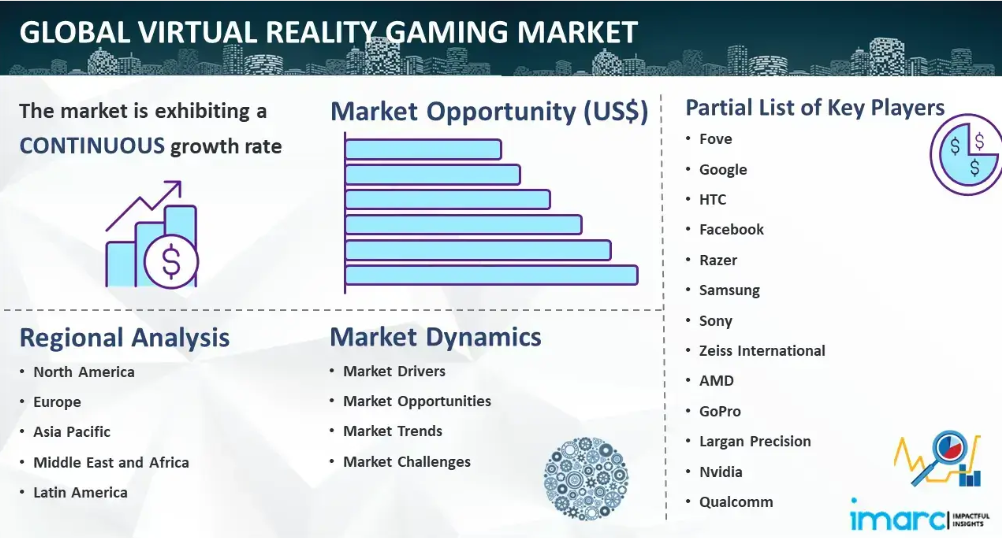
- Advancements in VR hardware are pushing the boundaries of what’s possible with crystal-clear displays, powerful processors, and innovative features that create unforgettable immersive experiences.
- VR headsets are becoming more affordable and accessible than ever, bringing virtual worlds closer to a broader audience.
- Developers are unleashing creativity, crafting captivating VR experiences across diverse genres, from epic adventures to mind-bending puzzles.
Types of Trending VR Games
VR gaming offers a spectrum of experiences, each catering to specific interests and desires. Here’s a glimpse into some captivating genres:
Action Adventures
Imagine yourself scaling treacherous mountains, fending off mythical creatures, or piloting a spaceship through asteroid fields. Action adventures transport you to the heart of the action, immersing you in heart-pounding quests and breathtaking landscapes.
Half-Life: Alyx is a critically acclaimed prequel to the legendary Half-Life series that immerses players in the shoes of Alyx Vance. Players battle iconic Combine forces and solve puzzles amidst the post-apocalyptic setting.
Puzzle Solvers
Challenge your intellect with intricate puzzles that demand spatial reasoning, logical deduction, and creative problem-solving. Manipulate objects in the virtual world, decipher cryptic clues, and experience the thrill of unraveling captivating mysteries.
You’ll be stranded on a stunning island in The Witness’s highly praised VR game. But it’s not just a tropical paradise; the environment is riddled with intricate puzzles waiting to be unraveled. To unlock the island’s secrets and unveil its hidden mysteries, you’ll need to draw upon your skills in observation, logic, and spatial reasoning.
Simulations
Have you ever dreamt of soaring through the skies as a pilot, performing delicate surgery, or even wielding magic as a mythical creature? Simulations offer a unique opportunity to step into the shoes of diverse characters and experience the world through a completely different lens.
Surgeon Simulator VR is a humorous and challenging VR game that puts you in a bumbling surgeon’s (comically oversized) shoes. You perform various medical procedures, ranging from simple stitches to complex organ transplants, with intentionally imprecise and wobbly controls.
Social Experiences
VR transcends physical limitations, allowing you to connect with friends and family in immersive online communities. You can play games together, explore virtual environments, and forge lasting memories through shared experiences.
Rec Room is a social VR game that offers a vibrant social space where you can interact with friends and strangers in various activities. Explore multiple game modes, from paintball and dodgeball to laser tag and capture the flag. You can even hang out in the Rec Center, customize your avatar, and participate in community events.
Top Must-Have Features in a VR Game
Virtual reality (VR) games offer a unique opportunity to transport players into captivating worlds, demanding specific features to ensure an immersive and engaging experience. Here are some must-have features to consider that will elevate your VR game:
Intuitive and Natural Controls
Leverage motion controllers that mimic real-life actions like walking, grabbing, and climbing, fostering a sense of natural and intuitive interaction. Prioritize simplicity by avoiding complex control schemes, focusing on easy-to-learn and user-friendly options that minimize confusion.
Further, enhance immersion by utilizing haptic feedback in controllers. This provides realistic sensations of touch, weight, and resistance, deepening the player’s connection to the virtual world and their actions within it.
Audio and visuals
Strive for high-resolution graphics that are smooth and free of lag, meticulously detailing both the environment and characters for a visually believable and captivating world. Additionally, leverage spatial audio techniques to create a dynamic soundscape that reacts to the player’s movements and actions. This fosters a sense of presence within the virtual world, allowing players to feel the impact of their actions and further enhancing their overall immersion.
Comfort and Safety
Minimize motion sickness: Be mindful of potential triggers and implement strategies like smooth locomotion options and teleportation mechanics to ensure player comfort throughout the experience.
Apparent field of view: Ensure a comprehensive and transparent field to avoid restricting the player’s vision and potentially causing discomfort.
Customization for all: Allow players to customize various settings, like field of view and comfort aids, to tailor the experience to their needs.
Engaging Gameplay Mechanics
Design intuitive and engaging gameplay mechanics that feel natural within the VR environment. Foster a sense of agency and control by allowing participants to actively engage with the environment and characters, making them feel the impact of their actions on the virtual space. Craft a compelling narrative or create open-ended gameplay opportunities that keep players engaged and returning for more.
Replayability and Polished experience
Consider incorporating multiple endings, branching storylines, or hidden secrets to encourage players to revisit the game and discover new things, extending the replayability value. Pay close attention to smooth transitions, bug-free gameplay, and a well-refined user interface. This ensures a polished and enjoyable experience that keeps players immersed and satisfied.
How To Develop a Virtual Reality Game?
Here’s a roadmap to guide you through VR game development:
Define Your Game Concept
The first step in any captivating VR game is crafting a compelling concept, the foundational pillar upon which the entire experience rests. To ignite your VR game concept, draw inspiration from existing games’ immersive landscapes and captivating mechanics.
This exploration will guide you in choosing a genre that resonates with your spark of inspiration and your target audience’s preferences. With your chosen genre in mind, craft a captivating narrative, whether a thrilling adventure, a heart-wrenching story, or a thought-provoking exploration.
Don’t be afraid to explore different possibilities! Use brainstorming techniques and mind maps to generate a wide range of ideas and refine your concept iteratively. Understanding your ideal player’s expectations is crucial in shaping the emotional journey, difficulty, and overall accessibility of your VR experience.
Acquire the Necessary Tools
Embarking on your VR development voyage requires assembling a diverse yet essential toolkit. Development environments like Unity and Unreal Engine act as your shipyards, where the game’s core is built. Craft visually stunning environments and characters with 3D modeling software like Maya or Blender, similar to your carpentry and sculpting tools.
Software Development Kits (SDKs) are your nautical charts, ensuring seamless integration with VR hardware like Oculus or SteamVR. Audio design tools like FMOD Studio or Wwise become your instruments, composing your game’s captivating soundscape. Digital asset management tools like Adobe Creative Cloud organize everything, like treasure chests holding your creative bounty.
Finally, version control software like Git acts as your ship’s log, meticulously recording your journey and allowing course corrections. With this diverse arsenal, you can set sail on your VR development adventure.
Designing Your Virtual World
Forge a Breathtaking Landscape: Craft a visually stunning environment that complements your game concept. Whether it’s a fantastical realm or a realistic historical setting, the world should be immersive and believable, drawing players in and allowing them to inhabit the space truly.
Intuitive Interfaces, Seamless Interaction: Design intuitive and engaging user interfaces. They are the bridge between players and your virtual world, and they should be easy to navigate and interact with, ensuring a smooth and enjoyable experience.
Chart the Course setting. Clear Objectives: Establish rules and objectives to guide players through their virtual journey. This provides a framework for their actions, giving them a sense of purpose and progression as they navigate the challenges and conquer obstacles within their world.
Plan Your Game Mechanics
Crafting engaging VR gameplay goes beyond functionality. It’s about defining how players interact with your meticulously built world. This encompasses everything from combat mechanics in action games to puzzle-solving adventure elements.
However, the key lies in designing intuitive controls and movement systems optimized for VR. Striking a balance between difficulty and progression is also crucial. The experience should challenge players while offering a sense of accomplishment as they overcome obstacles and advance, ultimately allowing them to feel truly immersed and part of your virtual world.
Create 3D Assets
High-quality 3D models, textures, and animations are essential to breathe life into your VR world. You can even leverage cutting-edge techniques like photogrammetry or 3D scanning to incorporate real-world elements, blurring the lines between virtual and reality.
However, remember that your creations must be optimized for performance and visual fidelity. Striking this balance ensures a smooth and visually stunning experience for your players within the demanding VR environment.
Development and Implementation
Once your virtual world is crafted and game mechanics defined, it’s time to integrate everything. Your chosen development environment acts as the platform where all the components, from characters and environments to user interfaces, are integrated. Here, coding and scripting languages like C# or C++ become your tools to breathe life into the game mechanics, allowing players to interact with your meticulously designed world.
Iterative Testing and Refinement
The journey doesn’t end after construction. Rigorous testing throughout development is crucial to identify and eliminate any technical glitches that could disrupt the immersive experience. Gathering feedback from potential players is equally important, as their insights help ensure the game is engaging and enjoyable.
By continuously iterating and refining based on testing and feedback, you can transform your creation from a project into a polished and immersive experience ready to captivate players in your virtual world.
VR Game Development Tools to Consider
While the creative vision forms the heart of any VR game, bringing that vision to life requires a robust toolkit. Here’s a glimpse into some of the essential tools that empower VR developers, each playing a crucial role in the development process:
Development Environments: Your Virtual Shipyards
These powerful platforms provide a comprehensive set of tools for creating interactive elements, scripting game logic, and managing assets, akin to constructing the core structure of a ship in a virtual shipyard.
Unity is a versatile development environment (DE) for VR game creation. It empowers developers with a comprehensive toolkit, visual scripting tools for creating accessible game mechanics, and built-in VR-specific features for scene composition, physics simulation, and VR input handling.
Unreal Engine caters to VR development, focusing on high-fidelity visuals and intricate gameplay mechanics. It boasts powerful real-time rendering technology, creating stunningly immersive virtual worlds. While C++ scripting offers extensive control for complex mechanics and system programming, Unreal Engine also features Blueprint, a visual scripting system similar to Unity.
3D Modeling Software: Sculpting and Carpentry Tools
Industry-standard 3D modeling software empowers you to craft the building blocks of your virtual world. Imagine them as your digital sculpting and carpentry tools, allowing you to meticulously mold and shape stunning 3D models, environments, and characters, breathing life into your VR experience.
Maya is a popular choice for professional-grade 3D modeling in VR game development. Renowned for its robust feature set and animation capabilities, it empowers creators with the tools to craft high-quality 3D models, characters, and environments.
Blender: For those seeking a powerful and free alternative, Blender offers a compelling option for VR game development. Its user-friendly interface welcomes experienced 3D artists and newcomers, making it an accessible entry point into VR content creation.
Software Development Kits (SDKs): Your Navigational Charts
These specialized toolkits, like those offered by Oculus or SteamVR, act as your nautical charts, ensuring smooth sailing through the technical aspects of VR development.
Oculus SDK: Developed by Meta (formerly Facebook), the Oculus SDK is specifically designed for VR games and experiences built for Oculus headsets like the Meta Quest 2 and Rift S. It provides tools and functionalities tailored to these specific hardware platforms, ensuring optimal performance and compatibility.
SteamVR SDK: Developed by Valve, the SteamVR SDK is a popular choice for developers aiming to create VR games compatible with a broader range of hardware, including HTC Vive, Valve Index, and Windows Mixed Reality headsets. It offers comprehensive features for building VR experiences, including motion tracking, input handling, and interaction with the SteamVR platform’s functionalities.
Audio Design Tools: Composing the Symphony of Your Game
Immerse players in your world with captivating sound effects and music using industry-leading software like FMOD Studio or Wwise. These tools become your instruments, allowing you to compose the audio tapestry that complements your game’s visuals and narrative, setting the mood and enhancing the emotional impact of your VR experience.
FMOD Studio is a prominent choice for interactive audio design in VR games, recognized for its user-friendly interface and comprehensive feature set. It also allows sound effects and music to adapt seamlessly to player actions and in-game events, enhancing player immersion. Additionally, FMOD Studio provides precise 3D positioning and manipulation tools, enabling realistic spatial audio within the VR environment.
Wwise: It allows the creation of dynamic and adaptive music scores that seamlessly respond to player actions and the evolving environment, further enhancing immersion. Wwise also boasts advanced spatial audio techniques that leverage head-related transfer functions (HRTFs) to create a realistic and immersive sense of sound direction and distance within the VR experience. It enables platform-specific features and optimizations, ensuring optimal audio performance across diverse VR hardware configurations.
Digital Asset Management: Keeping Your Treasure Chest Organized
Managing creative assets like textures, sound effects, and animations can be daunting. Tools like Adobe Creative Cloud or Perforce Helix Core act as virtual treasure chests, providing a centralized and organized space to store and access all your creative assets, streamlining the development process, and ensuring you have everything readily available.
Adobe Creative Cloud: This centralized platform allows for organized storage of all creative elements, like textures and UI components, in a single accessible location. Facilitating seamless team collaboration, everyone can access the latest versions, fostering efficient workflows.
Perforce Helix Core: Perforce Helix Core offers a robust digital asset management solution for large-scale VR game development projects. Its scalability efficiently handles vast amounts of diverse assets, making it ideal for managing complex and expansive virtual worlds. Additionally, granular access controls ensure only authorized users can access specific assets, safeguarding sensitive game content and maintaining project security.
Version Control: Your Ship’s Log
Collaboration is key in game development, and version control software like Git or Unity Version Control (Unity Collab) plays a crucial role. Imagine it as your ship’s log, meticulously recording changes made throughout the development journey. This allows teams to work seamlessly on different aspects of the game, track progress, and revert to previous versions if necessary, ensuring a smooth and efficient development process.
Git: Its decentralized nature empowers each developer with a complete copy of the project, enabling them to work offline and collaborate seamlessly, even across diverse geographic locations. Additionally, Git fosters efficient development workflows through its branching and merging capabilities. This allows developers to work on different project versions concurrently, making changes and easily integrating them back into the main codebase.
Unity Version Control (Unity Collab): Designed specifically for Unity game development, Unity Version Control (Unity Collab) seamlessly integrates with the Unity Editor, offering tailored functionalities for VR projects. It excels at managing changes to various Unity assets like scenes, prefabs, and scripts, ensuring all elements are tracked and versioned. This integrated approach streamlines version control for VR development within the Unity environment, facilitating efficient collaboration and change management.
Stepping into VR Development: Do’s and Don’ts
VR games demand a distinct approach to character design that transcends mere visuals and delves into a sensory experience. Here, we explore the key elements that breathe life into VR characters:
1. Scaling for Immersion
Maintaining immersion in VR starts with the character scale. Avatars should mirror human proportions to avoid the unsettling “uncanny valley” effect and ensure player comfort.
Additionally, consider how characters will move and interact with the environment. Ensure their size aligns with the player’s avatar and surrounding objects to prevent awkward clipping issues, creating a cohesive and realistic virtual world.
2. Realism and detail
Design your characters with distinct silhouettes, ensuring they are easily recognizable from various distances and angles. This fosters intuitive interaction and recognition for the player navigating the virtual environment.
While highly detailed facial expressions might be unnecessary due to rendering limitations, consider incorporating subtle cues that effectively convey emotions. This adds depth and connection to your VR characters, enhancing the immersive experience.
3. Motion and Animation Fluidity
Players crave a sense of agency and control within the virtual world. To achieve this, design hands that move naturally, enabling players to interact with objects and the environment with an intuitive sense of presence.
Clear visual cues, like glowing buttons or highlighted areas, guide player interaction with characters. This eliminates any confusion about how to engage, ensuring smooth and intuitive gameplay throughout the VR experience.
4. Performance Optimization
While intricate details are tempting, prioritize efficient rendering to maintain smooth frame rates and prevent VR sickness, which can disrupt the immersive experience. Employ a strategic approach to detail allocation. Focus high-resolution textures on characters closer to the player’s view, where they will be most noticeable.
5. Prioritizing Player Comfort
Player comfort is paramount in VR game design. Avoid overwhelming players with excessively detailed or busy character designs, as visual clutter can contribute to VR sickness and detract from the entire experience.
Remember, in VR, the characters are not just seen; they are experienced, so prioritize designs that foster enjoyment and avoid causing any discomfort.
How Much Does It Cost To Create a VR Game
Here’s a breakdown of the critical factors that influence VR game development expenses, equipping you to make informed decisions:
Game Complexity
- Simple VR experiences: These games involve fundamental interactions and environments and are often used for training or introductory purposes. Their costs typically range from $50,000 to $150,000.
- Medium-complexity VR games can cost $300,000 to $850,000 and offer a more elaborate experience, more extended playtime, and potentially higher production value.
- Complex VR games: These games require extensive development time, high-fidelity assets, and intricate gameplay mechanics and cost $1000,000 or more.
Team Size and Location
Hiring a larger team of experienced developers, artists, and designers will naturally increase development costs compared to a more minor squad. Development costs can vary depending on the location of your development team. Regions with higher living costs may have higher development fees.
Development Tools and Technologies
- Pre-made assets vs. custom development: Utilizing existing assets and development tools can be significantly more cost-effective than building everything from scratch.
- Advanced features: Implementing cutting-edge VR features like haptic feedback, eye tracking, or complex AI mechanics can dramatically increase development costs. Carefully evaluate the necessity of such features for your game’s concept.
Additional Costs
- Marketing and promotion: Reaching your target audience and ensuring your game’s success requires budgeting for marketing and promotion. Consider factors like content creation, online advertising, and influencer marketing.
- Hardware and software: Factor in the costs of VR development hardware, software licenses, and any necessary equipment for testing and deployment.
These are just estimates, and the actual cost to create your VR game could be higher or lower depending on your specific project requirements and the value proposition you aim to deliver. To ensure a successful and cost-effective VR game development journey, it’s crucial to:
- Clearly define your project goals and target audience.
- Develop a detailed project scope and feature list.
- Research and compare development costs from different studios with VR development experience.
- Plan for additional costs beyond development, such as marketing and ongoing maintenance.
Top 5 VR Game Apps In The Market Right Now
here is the list of the top 5 VR games in the market right now –
1. Cardboard Camera (iOS & Android):
Feature: Capture Your World in 360° Magic: Transform everyday moments into extraordinary experiences. Take 360-degree photos and videos using your smartphone, then slip on your VR headset to relive those special moments—vacations, family gatherings, or that mind-blowing sunset—in a new dimension.
What Makes it Unique: Turn any moment into a VR adventure! Cardboard Camera makes VR creation simple and accessible, perfect for capturing memories and allowing you to truly re-experience them.
2. InMind VR (iOS & Android):
Feature: Walk a Mile in Someone Else’s Shoes (Virtually): InMind VR is a powerful empathy-builder. Step into the mind of someone struggling with anxiety and gain a deeper understanding of this mental health condition.
What Makes it Unique: InMind VR isn’t just a game, it’s an experience. Placing you directly in the shoes of someone with anxiety fosters compassion and raises awareness in a way traditional media can’t.
3. Wraithborne (Android & iOS):
Feature: Become the Ultimate VR Vampire Hunter: Unleash your inner monster slayer in this action-packed VR adventure. Wraithborne is a thrilling first-person shooter with intense battles and jaw-dropping visuals.
What Makes it Unique: Wraithborne merges the classic vampire hunter trope with the immersive world of VR. Fend off hordes of the undead with VR controls, making every victory feel intensely satisfying.
4. Anshar Wars 2 (Android & iOS):
Feature: Command Your Fleet from the VR Frontier: Strategize and conquer in the vast expanse of space! Anshar Wars 2 is a real-time strategy game that lets you take command of spaceships in epic VR battles. Issue orders, deploy tactics, and witness breathtaking space combat unfold around you.
What Makes it Unique: Anshar Wars 2 brings the strategic depth of classic space sims to VR. Seeing your entire fleet and battlefield in VR adds a new layer of immersion to the genre.
5. VRidge 2 (Android):
Feature: Unleash Your PC VR Library on the Go: Don’t have the space for a dedicated VR setup? VRidge 2 lets you stream high-end VR games directly from your PC to your Android device. Play the VR titles you own without the hefty price tag of a high-end VR system.
What Makes it Unique: VRidge 2 breaks the barrier between mobile and PC VR. Now, you can experience the power of PC VR games, from fast-paced shooters to sprawling RPGs, all on the go, using your phone and a headset.
Conclusion
VR game development is an exciting frontier with the potential to create immersive and unforgettable experiences. You’ve explored the development process, gained insight into cost factors, and discovered features that can elevate your VR experience. While the process requires careful planning and cost considerations, the potential rewards are significant.
VR games offer unparalleled immersion, fostering deeper brand engagement and lasting connections with players. By leveraging the power of VR to tell unforgettable stories and create interactive worlds, you can entertain, educate, inspire, and build a loyal following. So, step into the VR arena, embrace innovation, and take the lead in shaping the future of gaming.
Looking to Develop a VR game? We Can Help
Intrigued by VR’s potential to revolutionize the gaming landscape? Look no further! Idea Usher is your launchpad for bringing your groundbreaking VR game ideas to life. Our team of veteran developers boasts the technical expertise, passion, and imagination to propel your vision into a fully immersive reality. From visuals to soundscapes, it is meticulously crafted to transport players into the heart of your vision. Partnering with Idea Usher lets you co-create the future of VR gaming and bring your vision to life.
Contact Idea Usher today, and let’s co-create the future of VR gaming together. Remember, your vision is our Blueprint. Let’s build something extraordinary.
FAQs
How to start VR game development?
VR game development requires creativity, technical skills, and strategic planning. Brainstorm your VR game’s core idea, mechanics, and story. Choose essential tools (EngineEngine, 3D modeling software). Build a basic prototype to test and refine. Embrace continuous learning and iteration throughout development.
How hard is VR game development?
Mastering VR development requires dedication due to its unique tools, intricate 3D environments, and collaborative nature. However, passionate creators can overcome these hurdles through focused learning, abundant online resources, and potential mentorship, paving the way for fulfilling VR experiences.
Is virtual reality gaming profitable?
VR gaming’s profitability is mixed. The market is growing but still nascent compared to others, leading to fewer current revenue opportunities. Individual game success depends heavily on genre, budget, and overall quality. Careful planning and market research are crucial before expecting high profits.







